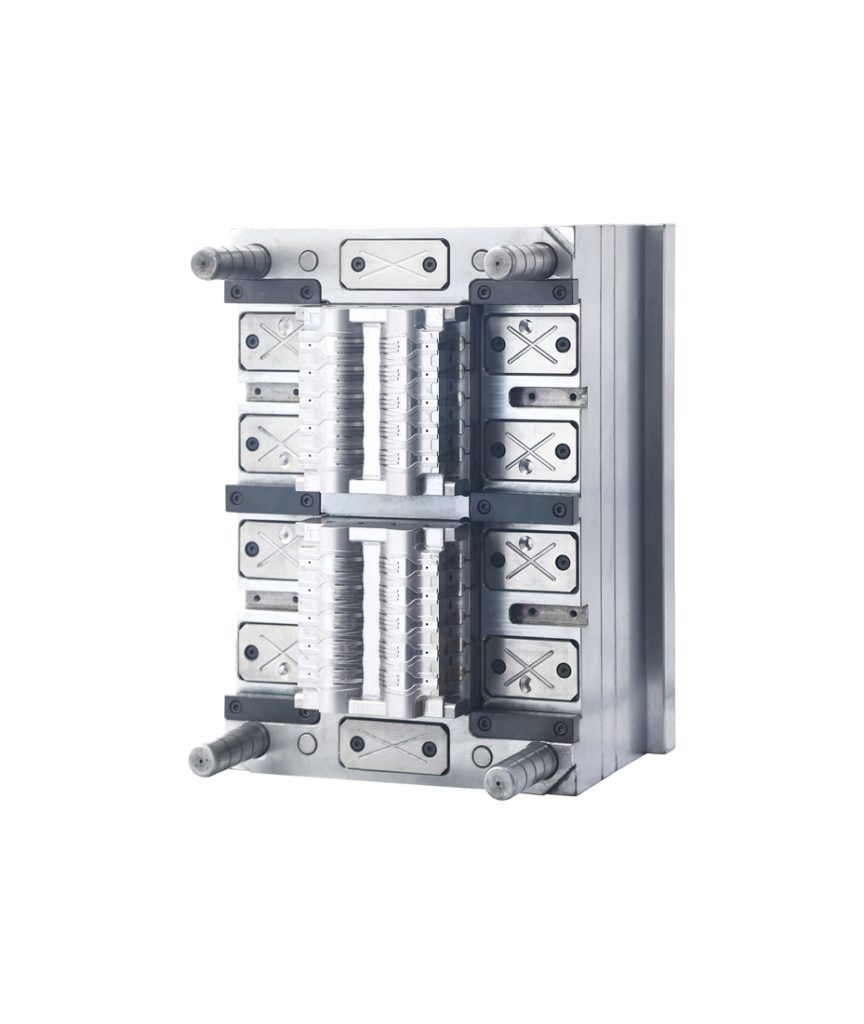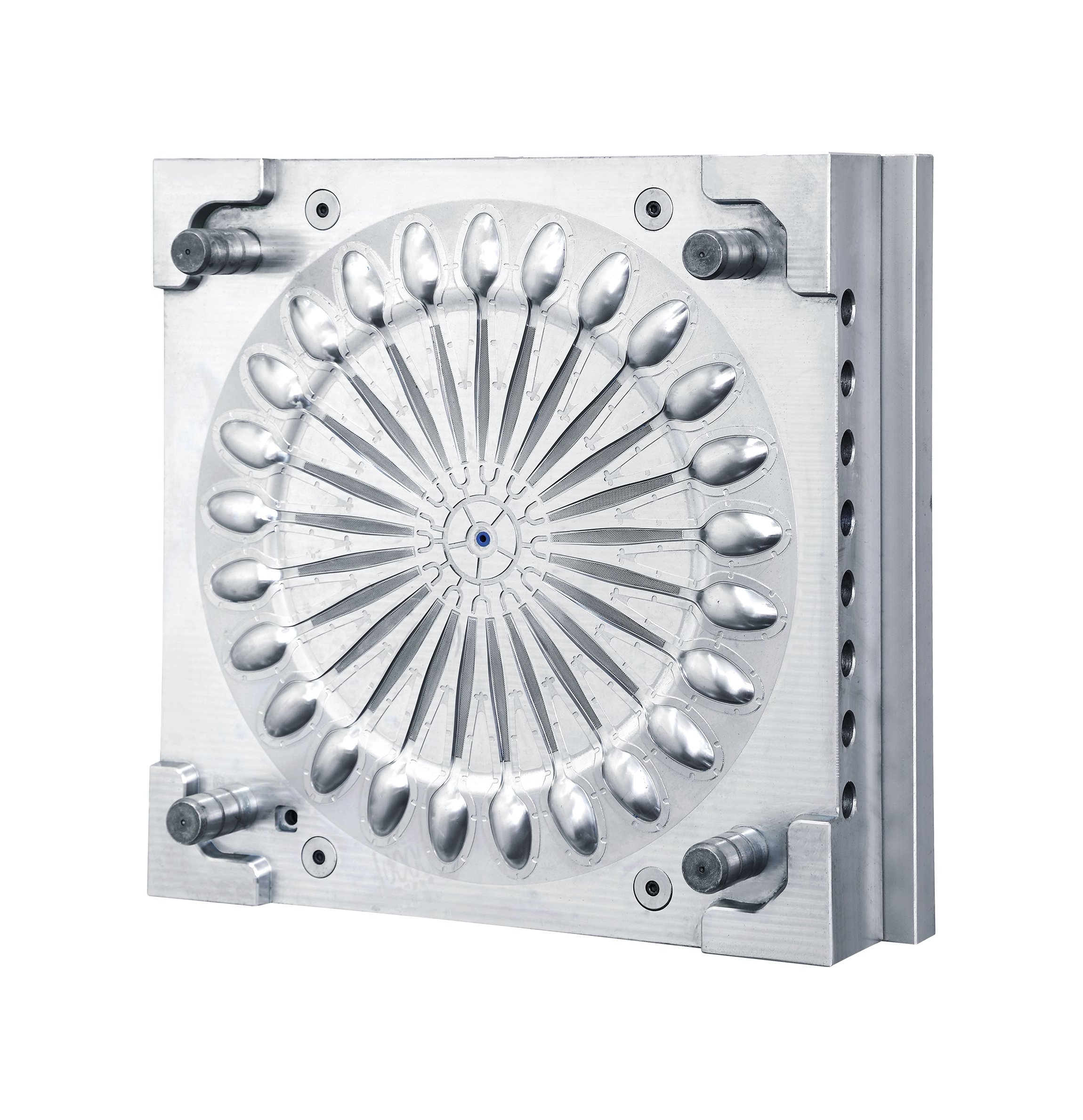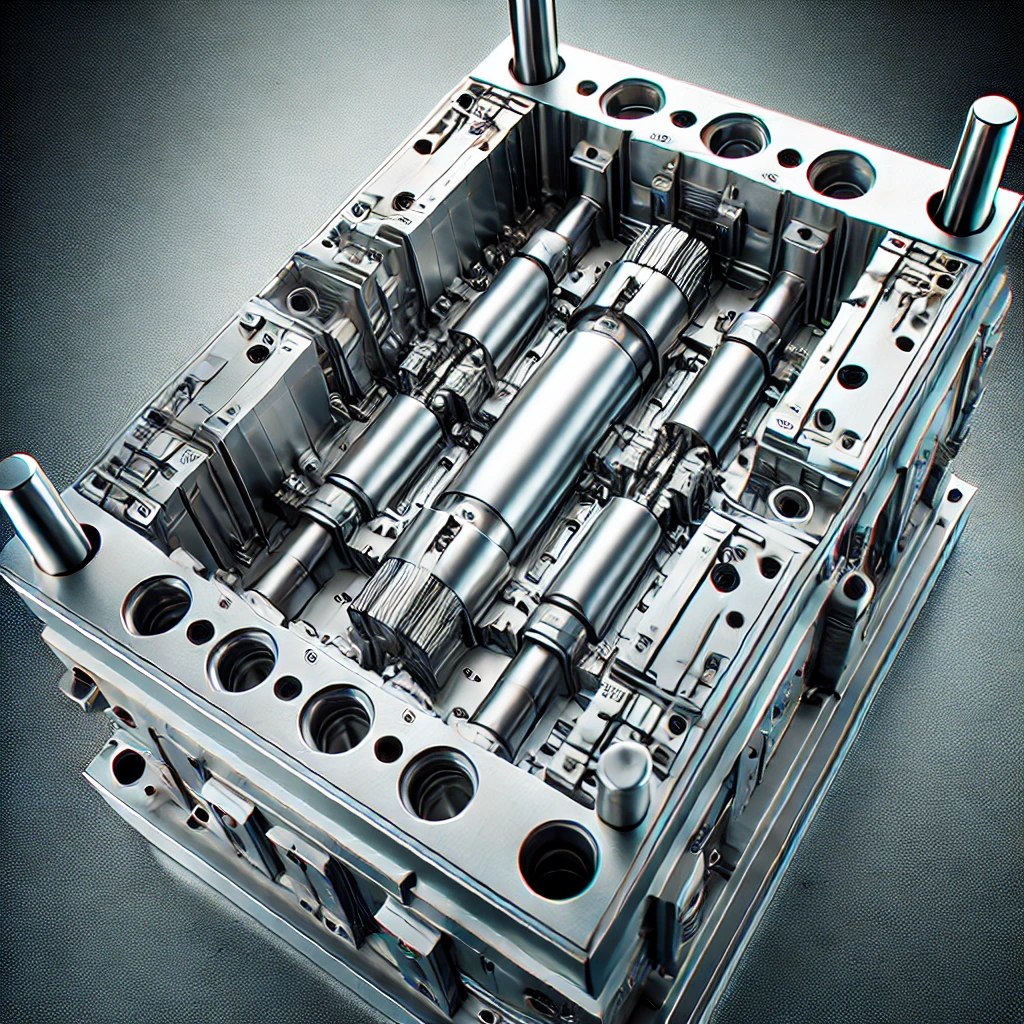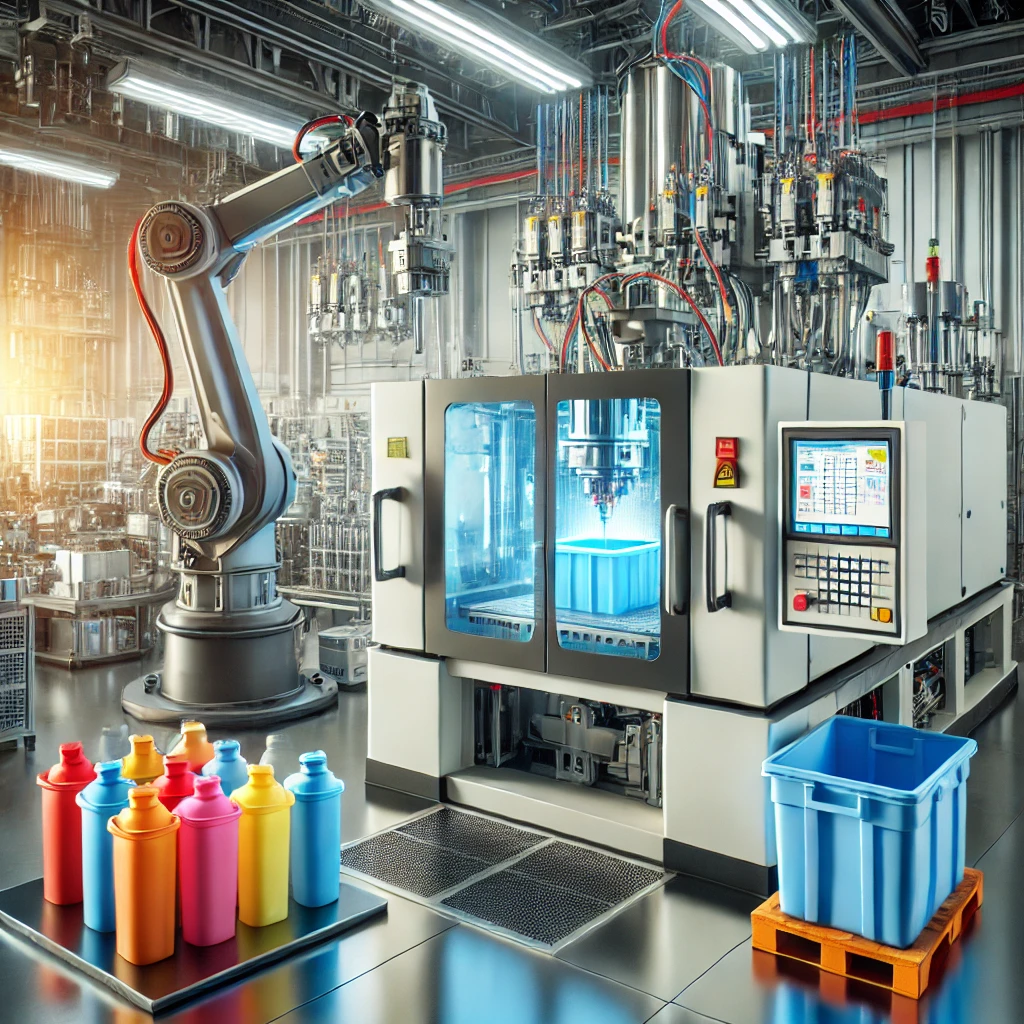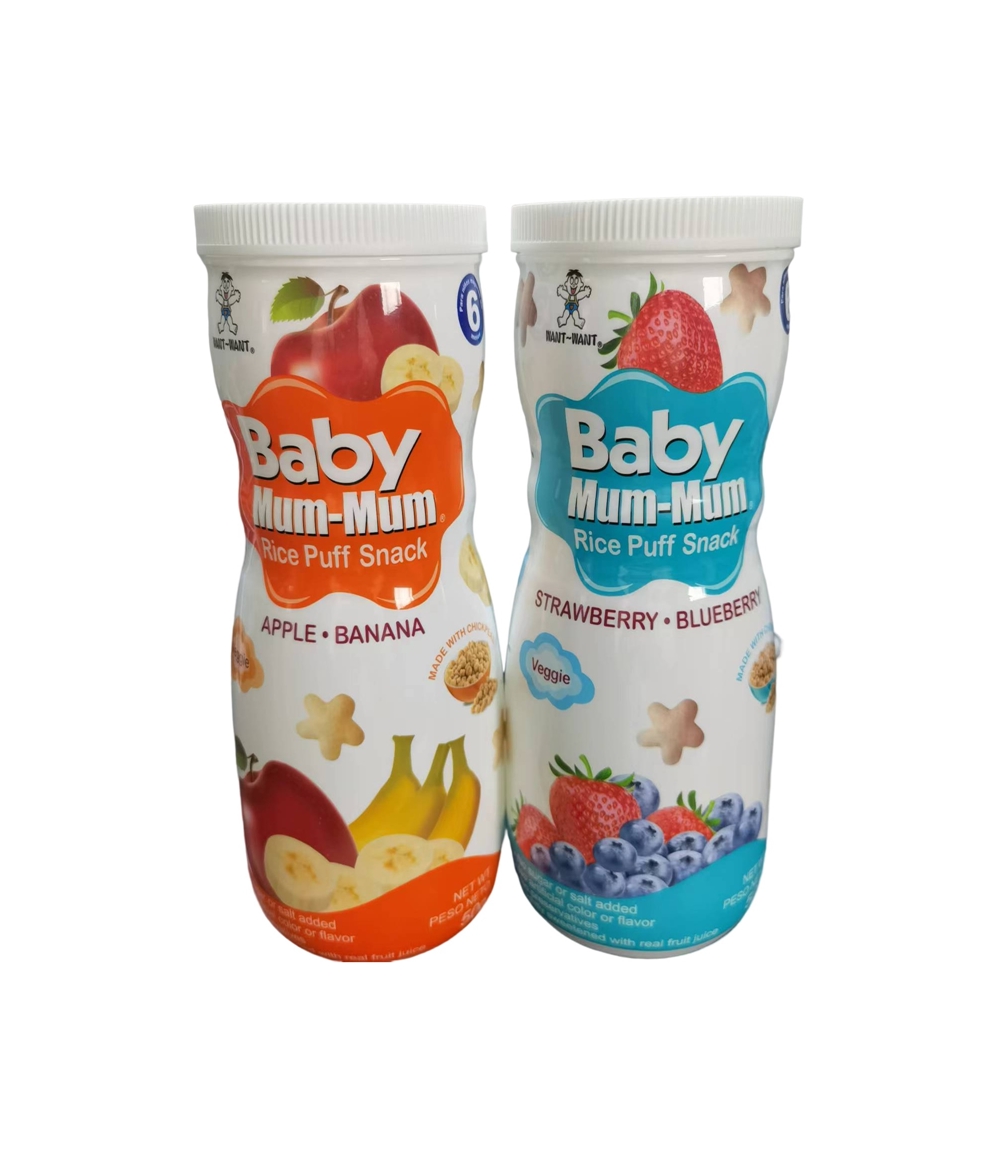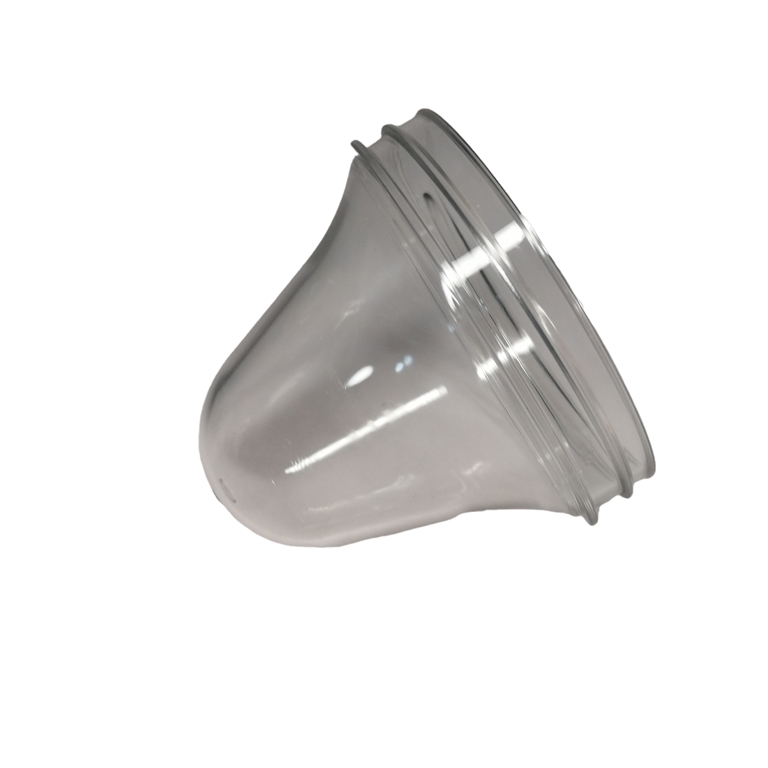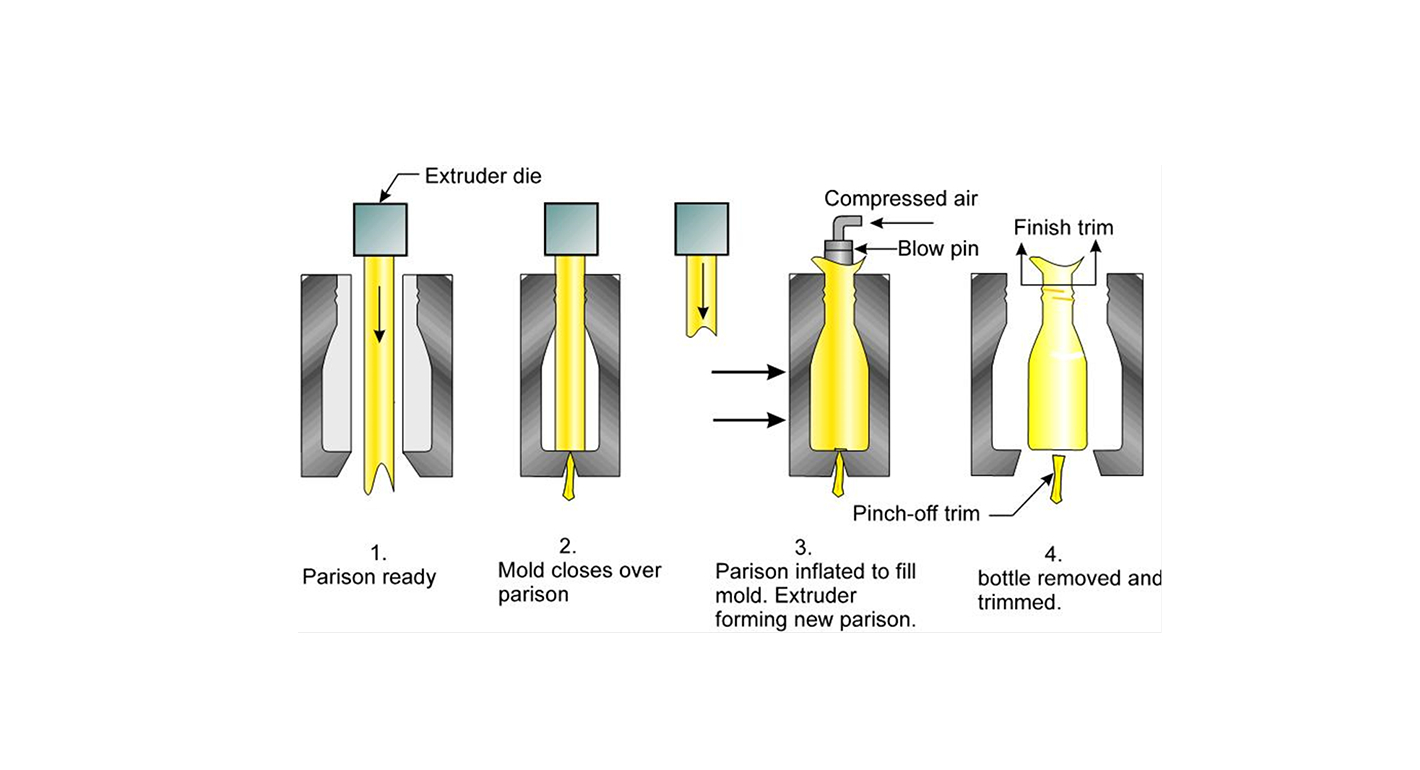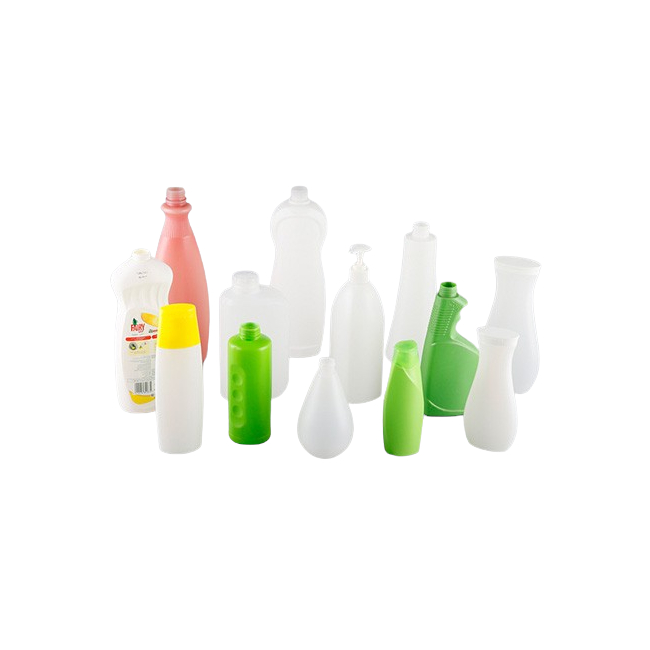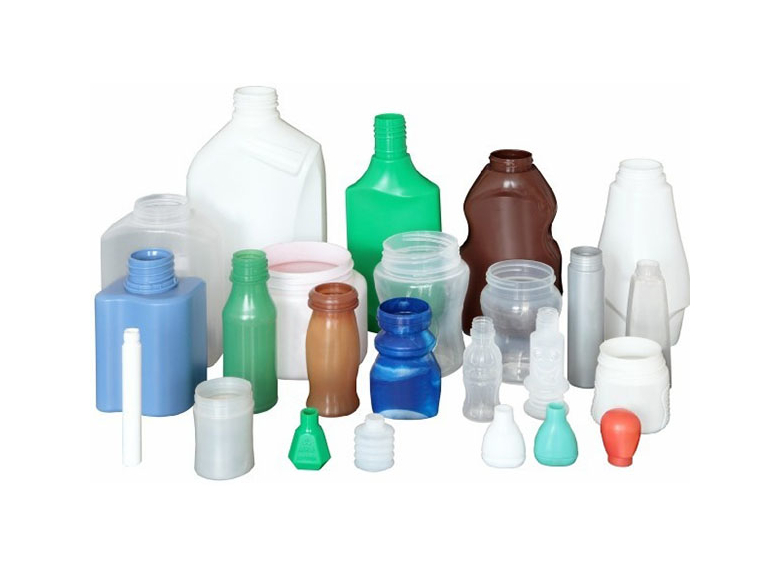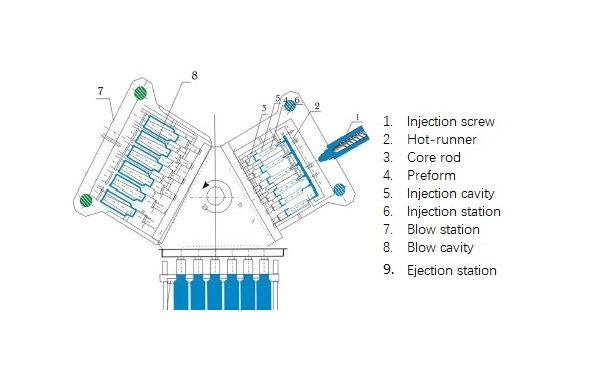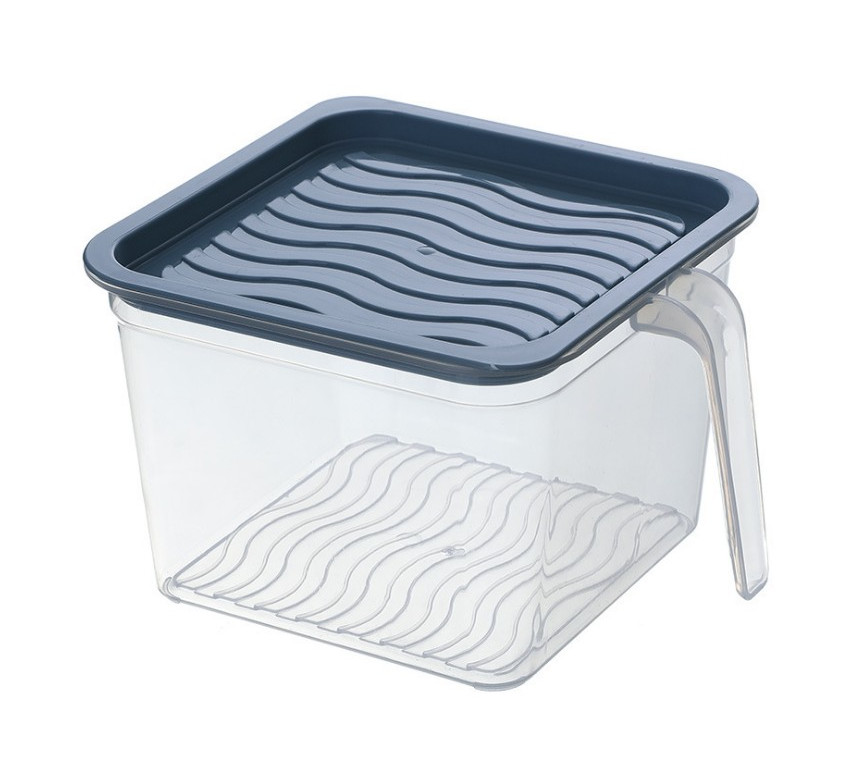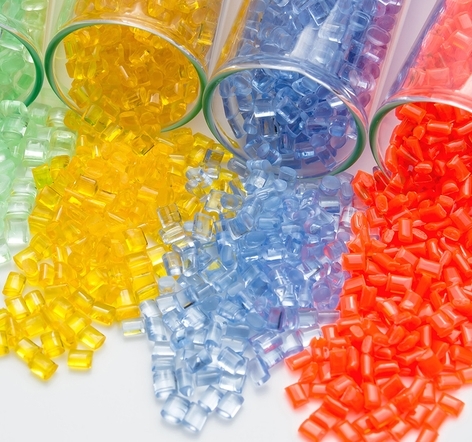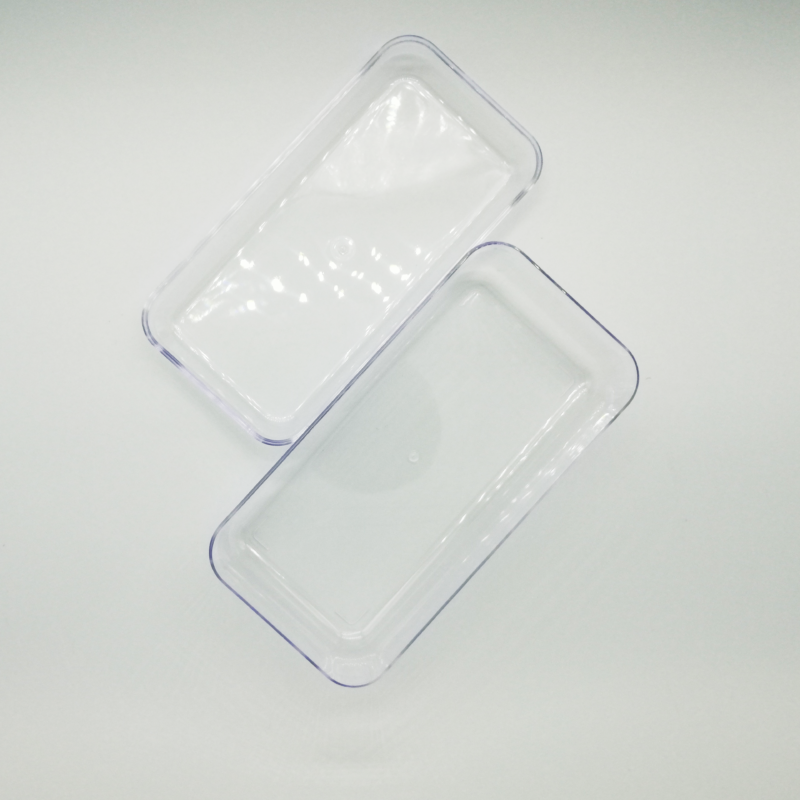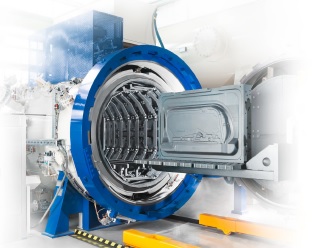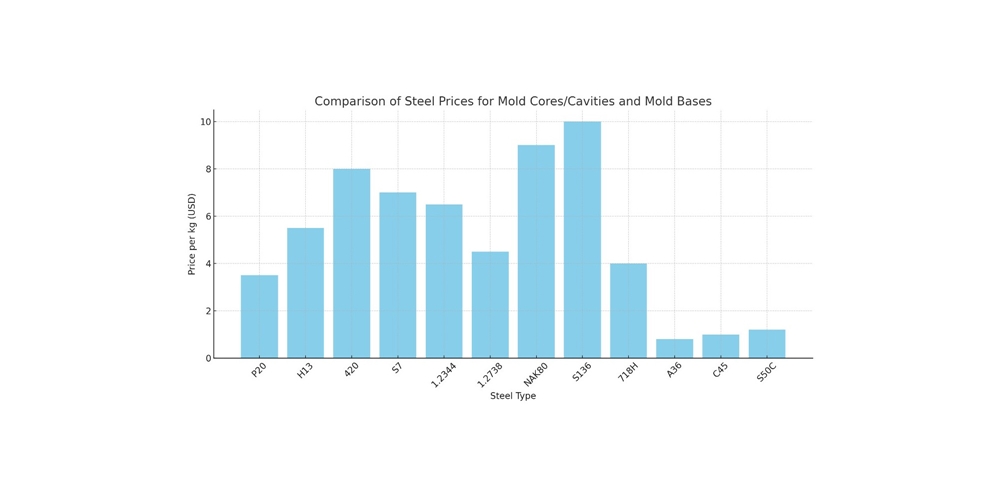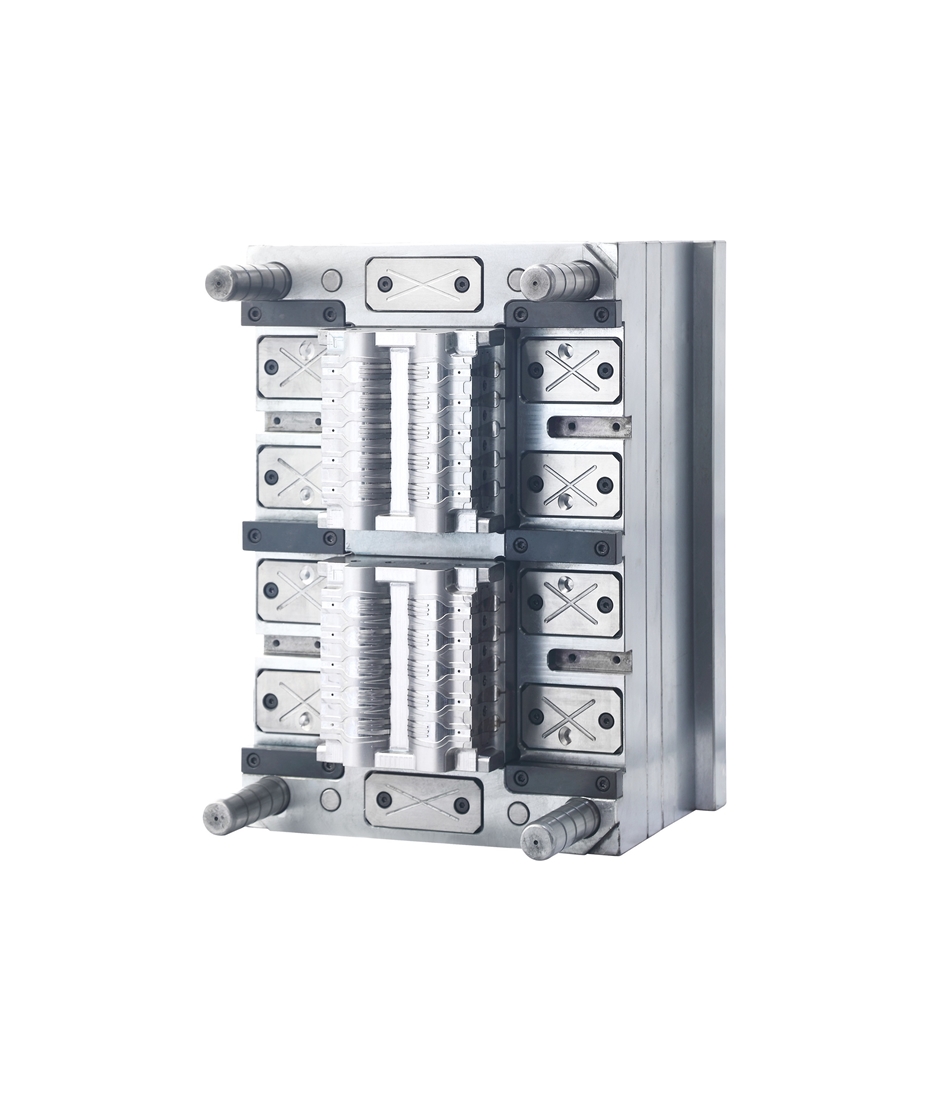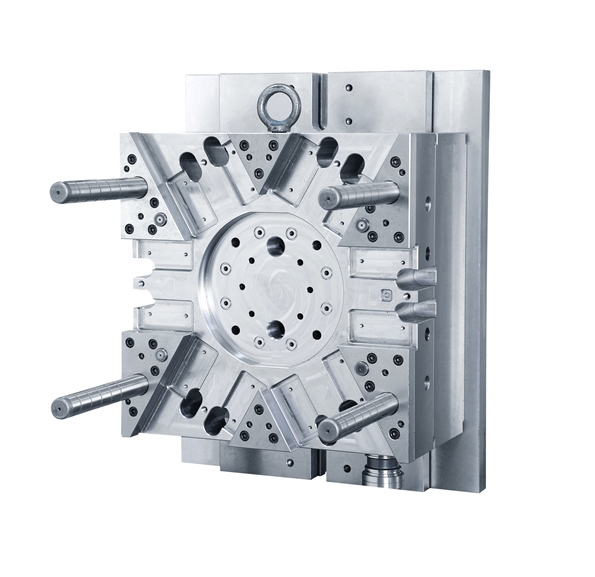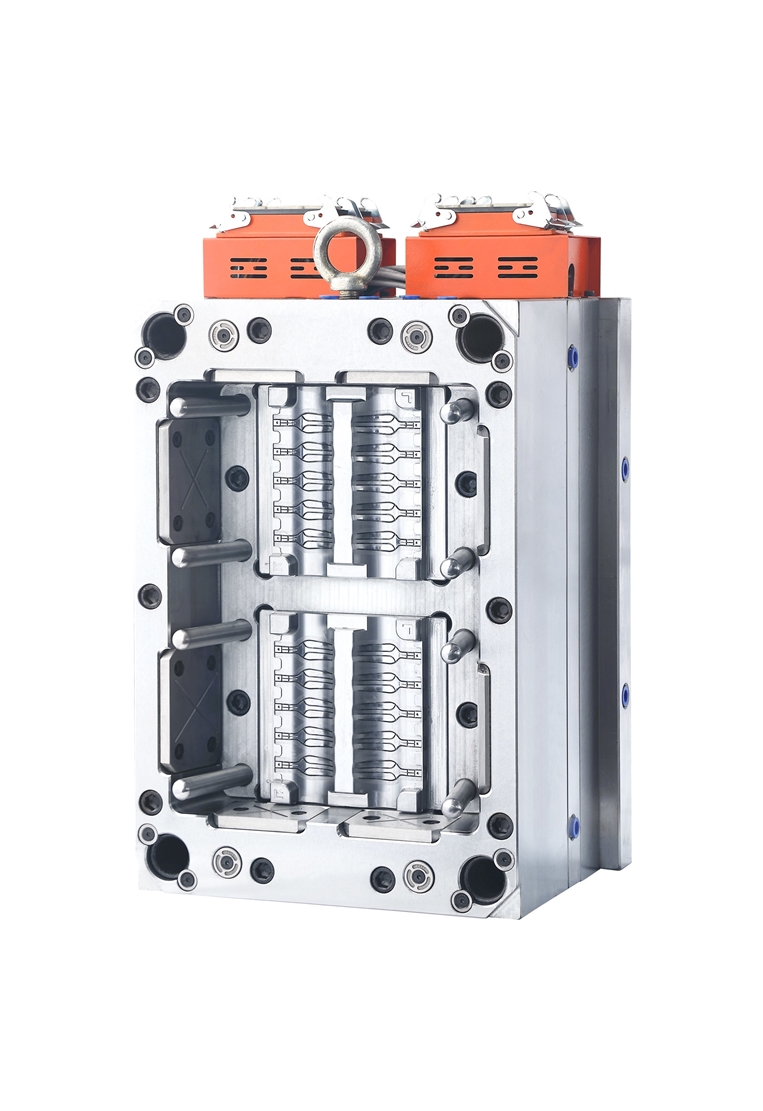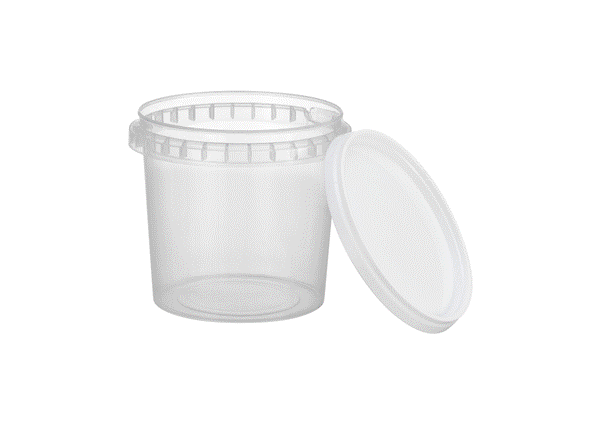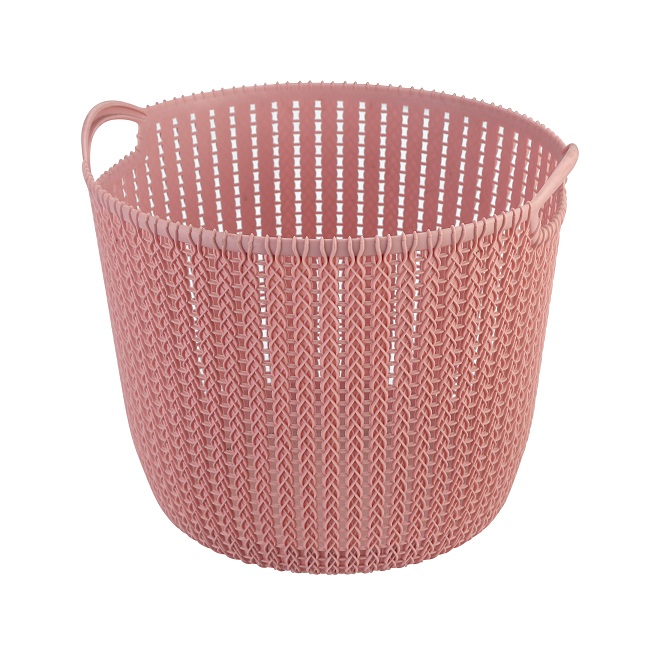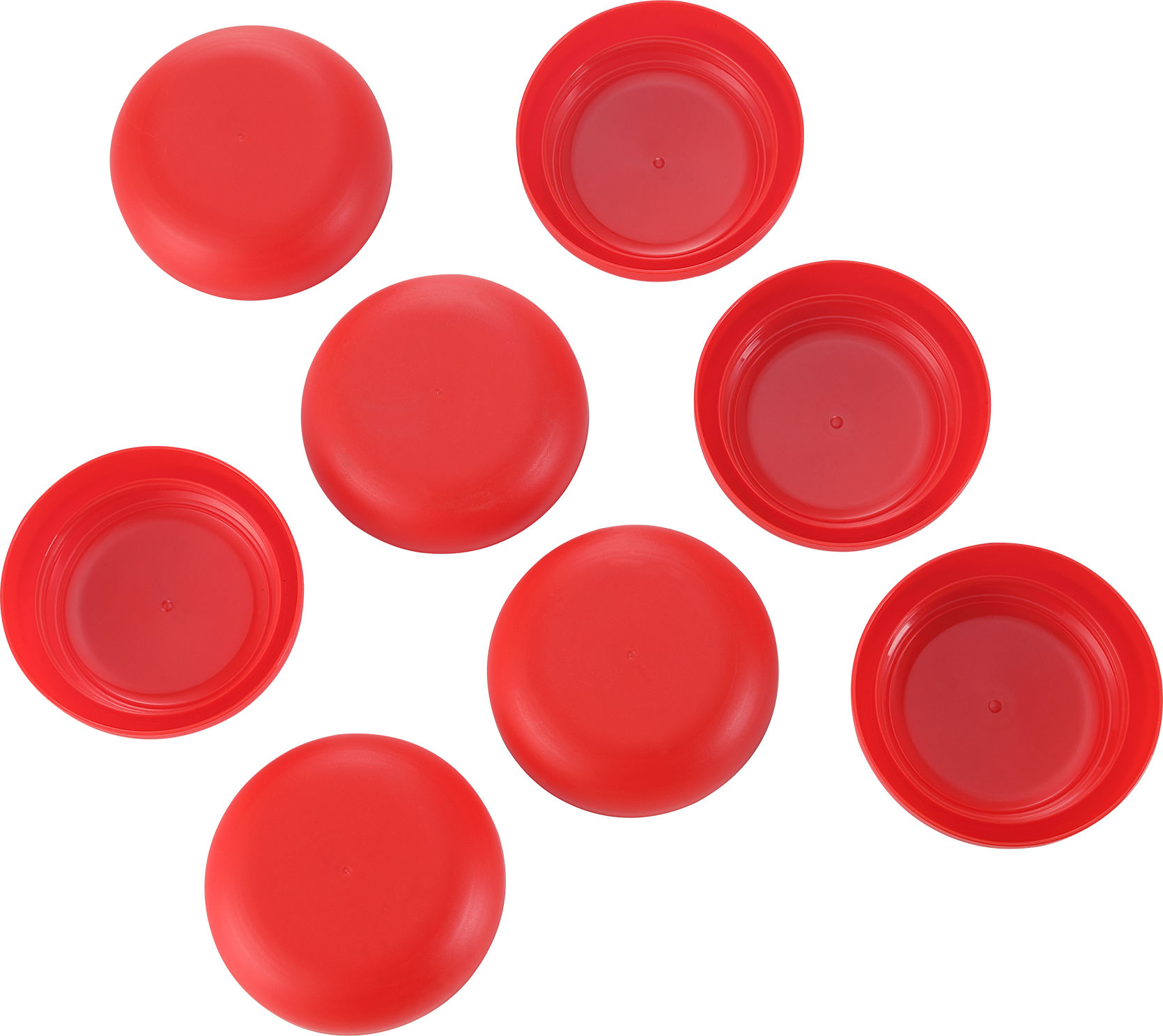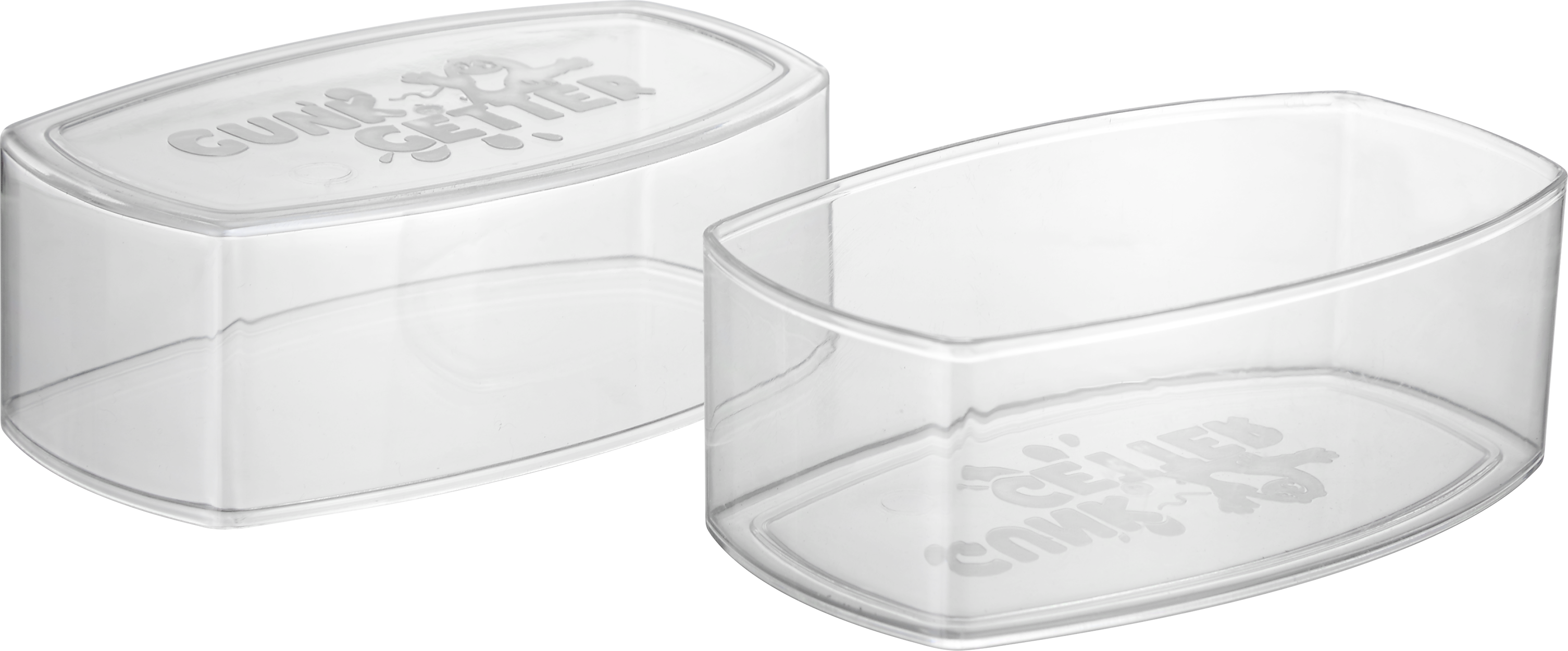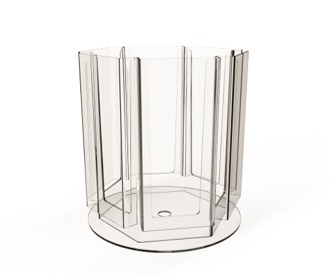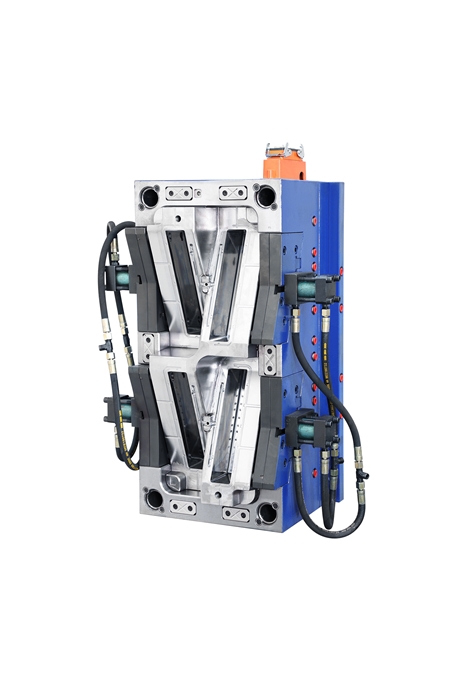Spoons & folks molds, injection molded PP, PE, PS and PET disposabe knife, fork and spoon.
The disposable plastic utensils market has experienced significant growth. The increased demand is driven by convenience, hygiene concerns, and the rising popularity of take-out and fast food. This growth is further propelled by the affordability and versatility of plastic utensils, as well as the expansion of food service industries globally. Additionally, the widespread adoption of single-use plastics in various sectors has contributed to the expansion of this market.
To craft effective injection spoons & folks molds, prioritize material selection, mold design, and quality control. Optimize design efficiency, ensure precise dimensions, and implement efficient gating and cooling systems. Additionally, employ reliable ejection mechanisms and rigorous quality control measures to produce high-quality utensils efficiently.
| Item and Finish Target | ||
| 1 | Resin | PP, PS or PET |
| 2 | Requirement | long shot gurantee, short cycletime |
| Mold Scenario | ||
| 3 | Structure | up to over 64 cavities(depending on size of mold machine), hot-sprue |
| 4 | Core & Cavity Steel | S136,H13,quenching hardened |
| Molding | ||
| 5 | Clamping Force | 80KN ~ 480KN |
| Cycle Time | 16 seconds |
Key to Achieving Good Cycle Time
- Optimized Mold Design:
- Design efficient cooling channels to ensure uniform and rapid cooling.
- Use high-quality materials and precision machining to reduce cycle times and enhance part quality.
- Material Selection:
- Choose materials with suitable flow and cooling characteristics.
- Consider using additives that enhance cooling and reduce cycle time.
- Process Optimization:
- Fine-tune injection parameters (temperature, pressure, speed) to balance quality and speed.
- Implement automated monitoring and control systems to maintain consistent process conditions.
- Machine Maintenance and Setup:
- Regularly maintain and calibrate the injection molding machine to ensure optimal performance.
- Properly set up the machine for each production run, considering material and mold specifics.
- Cycle Time Analysis:
- Continuously monitor and analyze cycle times to identify and address bottlenecks.
- Use simulation software to optimize cycle times and predict potential issues.
Example Calculation
Assuming a typical setup for molding plastic spoons and forks:
- Injection Time: 2-3 seconds
- Cooling Time: 10-20 seconds
- Ejection Time: 1-2 seconds
Thus, an estimated cycle time would be:
Cycle Time=Injection Time+Cooling Time+Ejection Time
Cycle Time=2+15+1=18 seconds






